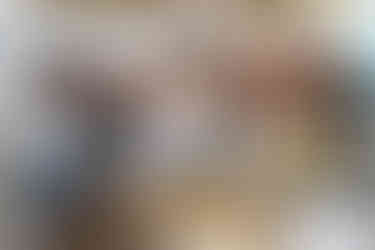Summer in Leysin Program
- klas040
- Sep 28
- 3 min read
For 12th graders, Term 1 is unlike any other. While some join the SAP program, most dive into Summer in Leysin (SIL)—a program designed to give KLAS students a fresh, international learning experience.
KLAS has had a long-standing exchange with students from Canada, but this year’s SIL brought together a unique mix of participants. For the first time, we also welcomed students from two additional countries.
23 KLAS 12th graders (7 students were away for the SAP program)
5 exchange students from Canada
6 visiting students from Japan
4 visiting students from New Zealand
3 visiting students from Thailand
The SIL program blended classroom learning with hands-on projects and cultural discovery.
Weeks 1 – 4
Like the 10th and 11th graders, students followed a class schedule. The content of these classes is written in the Grade Report along with teacher comments, which parents receive at the end of Term 1. The program’s courses and structure are outlined in more detail below.
SIL Mini Projects (4 hours per week)
Students took part in two different mini projects each week, with new activities offered every week. These gave them the chance to explore classes and experiences not normally found in the school curriculum.Projects included:
Chocolate: Tasting, History, and Production– Students explored the history and production of Swiss chocolate while sharpening their senses of taste and smell to recognize subtle differences between varieties.
Egg-Drop Challenge: Students designed and built protective devices for raw eggs, applying creative problem-solving skills as they tested dropping the eggs from increasingly greater heights.
Swiss Music and Yodelling: Learning traditional Swiss songs and performing with local musicians - including yodelling.
Swiss Cheese: Production, Culture, and Tasting – Students discovered how Swiss cheese is made and learned to identify the broad differences in flavor among the country’s most popular regional varieties.
SIL Language (6 hours per week)
Students chose to study German, Italian, or French. Lessons were supported by practical activities such as cooking, helping students experience the culture as well as the language.
SIL English and Japanese (6 hours per week)
Japanese students studied English, while visiting students studied Japanese language and culture. Together, they cooked, wore yukata, and practiced bon-odori dance—learning through fun, shared experiences.
SIL Cultural Studies (4 hours per week)
Working in pairs and small groups, students explored national and regional cultures around the world. They also developed and ran a contest that featured playground games from different countries.
SIL European Studies (4 hours per week)
Students examined European countries in general and Switzerland in particular, choosing areas of interest within each topic. Examples included the influence of Ancient Greece on modern life, the cantons of Switzerland, and aspects of daily life across the country.
SIL Graphic Design / Science and Robotics / Filmmaking (6 hours per week)
Students selected one area to focus on:
Graphic Design – creating original works of digital and visual art
Science and Robotics – programming and controlling robots through coding.
Filmmaking – planning, filming, and editing original short films
In the week after classes finished, students showcased their work in an art exhibition, robotics demonstration, and film screening, sharing their creative projects with the group.
At the end of the fourth week, 5 KLAS and 5 Canadian exchange students departed for Canada. The KLAS students spent three weeks there before returning for Term 2.
Weeks 5 and 6
Learning moved beyond regular classes with a mix of outdoor and interactive activities. Students hiked to a cheese hut in the Alps to see how traditional alpine cheese is made, explored the Bex Salt Mines, joined a European trade simulation game, and participated in an interactive scavenger hunt in Switzerland’s capital, Bern. Each activity combined fun with active learning and discovery.
The program closed with student presentations on “My SIL Experience”—a chance to reflect on skills, friendships, and personal growth. One visiting Japanese student shared, “I gained the higher level of humanity, for instance communication skills and self-management ability. I learned them from KLAS students' behavior because they are so nice and what I liked the most was that they don't judge each other. This is very different from my experience in Japan”
Perhaps one of the greatest strengths of SIL was not just the projects or trips, but the daily interactions in an international mix of students. Sharing meals, working on group projects, and exploring Switzerland together gave everyone a chance to learn as much from each other as from the program itself.
SIL continues to be a signature KLAS experience—where global friendships and new perspectives grow side by side.











